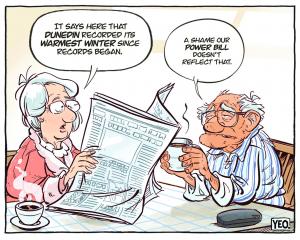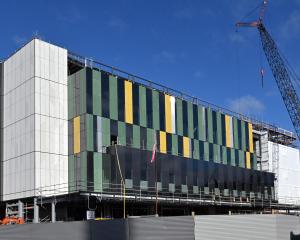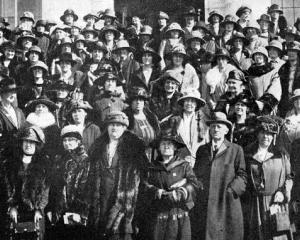
There might also be a drive to bring about improved design of residential multi-unit developments.
The Dunedin City Council is to consider making changes to its district plan, which is essentially the rule book for development.
Provisions relating to heritage and managing the design of multi-unit developments could be adjusted through a plan change initiated by the council.
The council’s strategy, planning and engagement committee is set to discuss the issue tomorrow.
Heritage buildings are a key attribute for Dunedin and advocates have been concerned about the loss of character homes.
Enabling multi-unit housing is part of the city’s strategy for meeting its housing capacity needs, but the emergence of such developments has been a cause of some contention in neighbourhoods.
"Concerns have been raised by the public and by urban design staff about matters such as the amount of hard surfacing, loss of green space, interface with the street and the limited ability to consider on-site amenity," a report for the committee said.
The council adjusted the district plan in 2021 to enable more housing to be built to meet population projections, including by allowing more intensification.
Some issues had emerged since, the report said.
A review of the heritage section of the district plan had been carried out, as there was public concern about loss of historical buildings unprotected by the plan.
The Resource Management Act requires protection of heritage is recognised and provided for as a matter of national importance.
The plan review would consider if the district plan "appropriately gives effect to this requirement", the council said.
Options to deal with such issues are expected to be discussed in more depth at a council workshop next month.
The second-generation district plan (2GP) was notified in 2015 and decisions about submissions were released in 2018.
There were 83 appeals and nearly all have now been resolved.
This has allowed the council to make the 2GP partly operative, starting this week.
The council explained this as meaning the previous district plan had now been replaced, other than for six site-specific appeals and one site-specific agreement sitting with the courts.
Council city development manager Anna Johnson said it had been a long and complex journey to get to this point.
"The 2GP has had to balance the need for growth and development with protecting things the community values such as areas important to maintaining biodiversity, significant heritage buildings and places, important visual landscapes and areas of significance to mana whenua," Dr Johnson said.
"It has also needed to consider the risk from natural hazards and the challenge of climate change mitigation and adaptation."
Staff had worked hard over the years to create a plan that balanced competing needs, she said.
"We continually review the effectiveness of the plan, particularly in response to changes, such as population growth, the impact of new types of housing on our neighbourhoods and changes in the nature and needs of businesses and services in our community."











